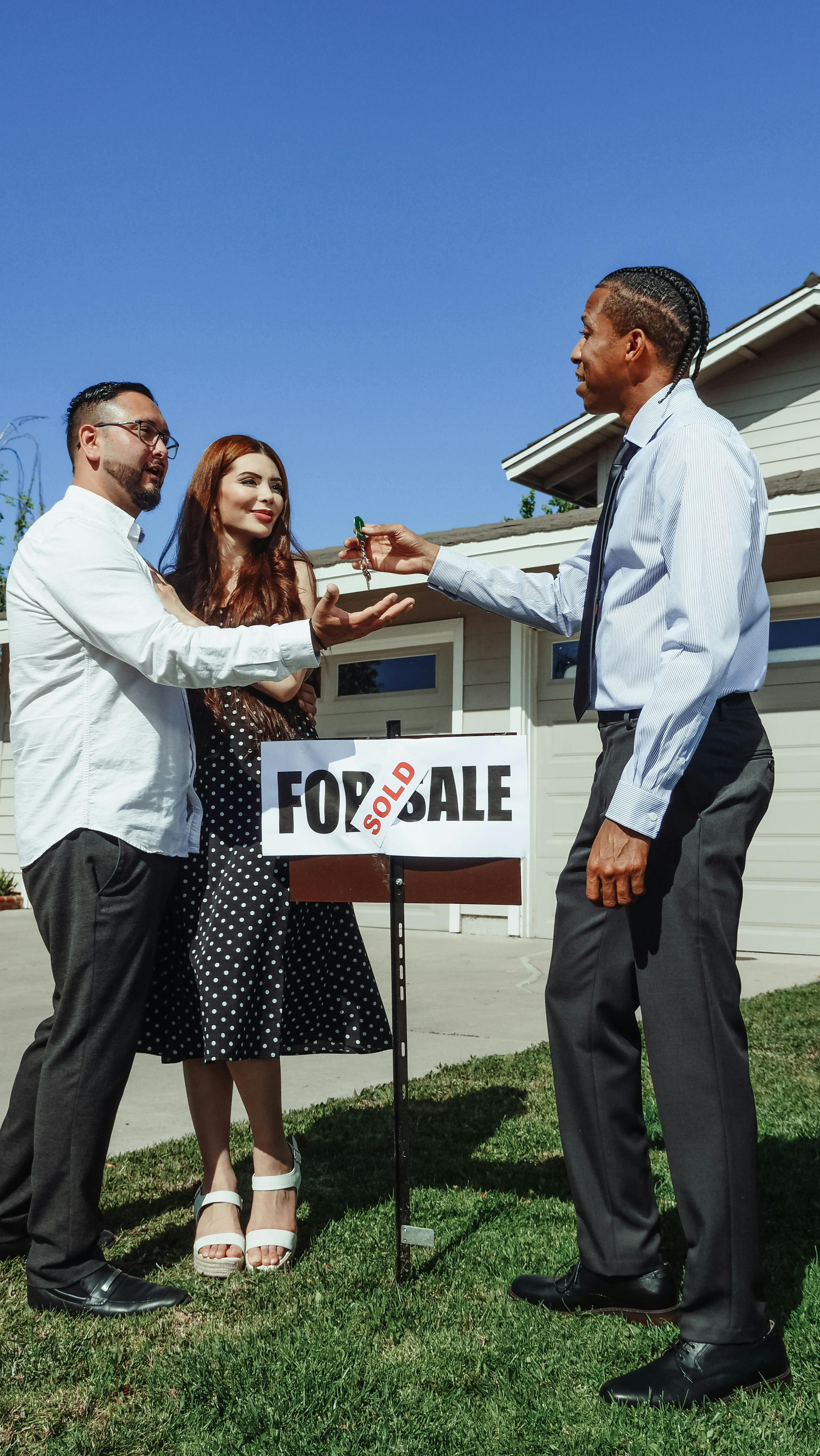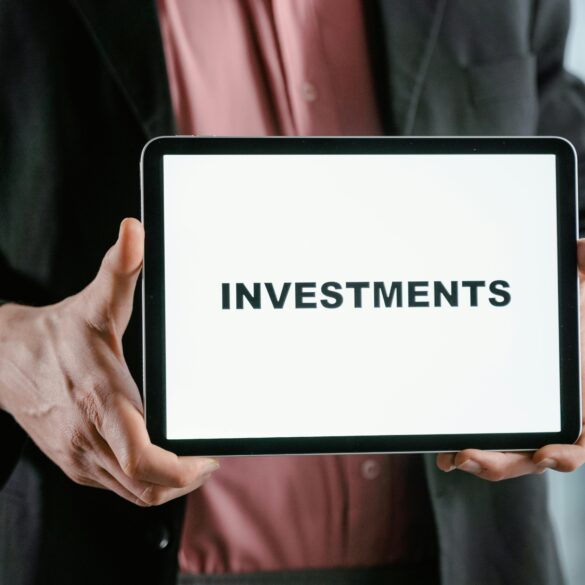Malaysia Real Estate Investment: Proven Strategies From Top Developers
Back when I first started working with Southeast Asian property markets, Malaysia was a bit of a black box. The headlines loved its “growth story,” but real value was buried under layers of bureaucracy, local custom, and—honestly—some pretty dense market behavior. Sound familiar? For anyone who’s considered deploying capital into Asia, especially in real estate, the difference between hype and authentic opportunity hits you fast. What strikes me most these days is how Malaysia’s approach to premium property development is no longer just “catching up”—it’s setting regional benchmarks1.
This is where I get passionate: Malaysia’s real estate investment outcomes routinely outperform expectations because of a razor-sharp blend of data-driven planning, architectural innovation, governmental support, and cultural intelligence. Don’t get me wrong, pitfalls exist (I’ve fallen into a few myself), but that’s precisely the rich reality this guide aims to uncover. Whether you’re a seasoned global investor—or just starting to build your first property portfolio—my goal is to equip you with actionable strategies built on genuine experience and proven success.
Malaysia’s Property Investment Foundations
What exactly makes Malaysia’s property market so compelling? Let me start with something I wish I’d understood years ago—the market’s depth isn’t a fluke. Centered around high-velocity urbanization, steady population growth, and a government that—warts and all—really does care about attracting world-class investors, Malaysia offers something unique: sustainable returns with approachable risk profiles2. I’ve seen asset values climb steadily across multiple cycles, even when neighboring ASEAN countries falter.
- Multicultural market dynamics—property trends respond to diverse consumer needs
- Stable legal frameworks and transparent title systems
- Government incentives—especially in tech and eco developments
- Access to world-class infrastructure: airports, highways, digital utility grids
- Resilience against extreme volatility seen elsewhere in Asia
Here’s a memorable moment: my first walk through a completed “eco-smart” township in Cyberjaya. The developer wasn’t just selling homes—they were offering sustainable community living, fully integrated smart grids, and zero-waste policies. That day changed my whole perspective: premium development in Malaysia wasn’t only about aesthetics—it was about advanced value creation and genuine livability.
Market Dynamics: Key Drivers
Over the past decade, the market’s main drivers have shifted—not just in scale, but in complexity. In my experience, the most critical catalysts today are:
- Digital transformation in property management and construction
- Rising demand for mixed-use urban centers
- Government “Smart City” initiatives
- Additional buyers from China, Singapore, and the Gulf
- Persistent infrastructure upgrades (from transport to fintech)
Just last month, talking with two developers in Johor, I realized how much property value depends on digital integration. E-payment platforms, tenant management apps, and online sales portals—these aren’t gimmicks, they’ve become essential. According to Bank Negara Malaysia, up to 47% of all transactions in 2024 now occur digitally4.
Government Policy & Regulatory Impact
Let me clarify something: regulatory complexity can feel overwhelming, especially for global investors. Malaysia, though, offers a surprisingly navigable legal landscape, thanks to a series of regulatory upgrades over the past 5 years. The Malaysian government’s latest policies target sustainable development, foreign investment facilitation, and digital transformation. Granted, not every rule is simple, but compared to the opacity seen in Vietnam or the bureaucracy of Indonesia, Malaysia stands out5.
| Policy/Framework | Main Purpose | Investor Impact | Year Updated |
|---|---|---|---|
| National Land Code | Property ownership rights | Clear title and transfer process | 2020 |
| MM2H (Malaysia My Second Home) | Residency for foreign investors | Open market participation | 2023 |
| REHDA Eco Policy | Eco-development guidelines | Prioritizes green credentials | 2022 |
| Housing Development Act | Homebuyer protection | Reduces legal disputes | 2021 |
| Digital Transformation Strategy | Proptech acceleration | Erases digital barriers | 2024 |
Actually, I need to revise my earlier point: Malaysia isn’t perfect. Implementation gaps do exist, and not all policies are enforced equally. But, by and large, global investors have found themselves able to navigate with a degree of confidence rarely seen in other emerging Asian property destinations.
Premium Development Models: Lessons from Leaders
Here’s where Malaysia consistently delivers: its top developers produce real returns by embracing premium models built on international trends—then customising for local demand. I remember sitting through a site review in Penang, watching staff from S P Setia explain how they combined Singapore-style vertical integration with flexible land usage—a mix that, frankly, I used to think wouldn’t work given Malaysia’s multiple stakeholder layers. Turns out, the local adaptation is what made it thrive6.
What Are Malaysia’s Proven Premium Development Models?
- Integrated township planning—combining residential, retail, office, and leisure assets in strategic clusters
- Eco-smart solutions—zero-waste systems, energy efficiency, and green transport as core branding
- Vertical luxury—high-rise premium apartments in urban centers with tech-enabled amenities
- Transit-oriented development—properties built directly around major light rail, MRT, and highway intersections
- Proptech-enabled services—fully digital tenant and owner management, from payment to maintenance
On second thought, the most underrated factor is developer reputation. I’ve personally seen investors pay a premium (sometimes 8-11% higher) just for the assurance a top-tier brand delivers. It’s not about the logo—it’s about transparency, delivery timing, and after-sale support.
Risk Management & Winning Investor Tactics
I’ll be completely honest: I’ve lost sleep over property risk. But having worked with Malaysian investors for years, I’ve seen what works. Instead of relying on generic market forecasts, savvy investors use a layered approach—combining local trend analysis, high-frequency pricing data, and, my favorite, closely watching developer land acquisition moves.
- Always review recent land titles and government development approvals. This is the single most predictive variable for premium site growth7.
- Prioritise developments with robust eco-certification or smart infrastructure. These outperform “basic” projects and retain liquidity in downturns.
- Stay ahead of regulatory changes by following industry association newsletters. Small changes in MM2H or development quotas create ripple effects.
- Monitor transaction volume in secondary urban markets (outside KL or Johor). These places often offer more stable, lower-risk growth.
- Diversify across asset types—but only with local expertise guiding selection. I’m still learning about industrial logistics hubs, but Malaysia excels here.
Actually, thinking about it differently, the core lesson is this: sustainable profit is rarely generated by crossing your fingers and betting big. It’s built in layers—starting with regional knowledge and stacking macroeconomic, regulatory, and developer insights.
Case Study: Kuala Lumpur’s Urban Premium Success
Ever notice how Kuala Lumpur continually pulls in new funds despite volatility elsewhere? Last year, a client asked if KL’s market was “overheated.” I get the skepticism, but let me provide some context: KL’s mixed-use superblocks have become regional blueprints for successfully merging luxury living, retail, and connectivity.
| Project Name | Developer | Unique Features | Avg. ROI (2020-24) |
|---|---|---|---|
| KL Eco City | SP Setia | Green-certified mix-use hub, direct LRT/MRT access | 8.9% |
| Bukit Bintang City Centre | UDR | Integrated luxury, retail, entertainment, transit | 7.4% |
| Sunway Velocity | Sunway Group | Lifestyle mall with high-end vertical residences | 7.1% |
| TRX Exchange | TRX City Sdn Bhd | Malaysia’s Financial District, global tenant mix | 10.2% |
Take a second to consider: KL’s investor success isn’t due to luck. It’s a result of future-proofed planning, real-time market intelligence, and deeply rooted developer reputation. No property playbook can substitute for genuine site visits, stakeholder engagement, and on-the-ground context.

Malaysia’s Adaptability: A Global Investor’s Guide
Let me step back for a moment. Malaysia isn’t just a local play—it’s increasingly dominating talk among global funds at APAC conferences, especially since 2023. What’s gotten overlooked (I used to make this mistake too) is that cross-border investors are now finding more “plug-and-play” flexibility in Malaysia than even Singapore for certain asset classes8.
- Direct foreign ownership above MYR 1 million (unique in Asia)
- Residency programs (MM2H) designed for property investors
- Clear legal title/transfer (much easier than Thailand or Vietnam)
- No punitive stamp duties for foreigners on primary sales
- Developer partnerships and joint ventures for global investor entry
Professional networks buzz about this flexibility. A property manager from Sydney recently shared, “Malaysia’s onboarding process for cross-border capital is so practical compared to the bureaucratic hurdles elsewhere.” I reckon, with all these tailwinds, Malaysia is set to capture even more international property flows in the next five years.
Future-Proofing & Sustainability in Malaysian Real Estate
How do you future-proof real estate investment in a market as dynamic as Malaysia? Let me think about this—the answer always seems to return to sustainability and adaptive thinking. Nowadays developers can’t just build bigger; they have to build smarter. What excites me most is the scale of Malaysia’s green revolution: from zero-energy office towers in Petaling Jaya to full-scale smart communities in Iskandar.
- Eco-certified development as both investment and brand strategy
- Smart mobility integration—electric buses, bike infrastructure
- Water harvesting and waste minimisation baked into site planning
- ESG (environmental, social, governance) reporting for global portfolios
Interestingly enough, I see developers now hiring teams just for sustainability compliance and reporting—a major shift from ten years ago. Data from REHDA shows a 35% year-on-year increase in green-certified projects since 20229. Let that sink in for a second.
Sustainability Checklist for Investors
- Seek property credentials (GreenRE, GBI, LEED) in all primary investments
- Request ESG disclosure statements before capital commitment
- Scrutinise transit connectivity and smart infrastructure
- Verify developer’s sustainability record over multiple cycles
I’ll be honest, it’s not always easy to pull all these pieces together. Sometimes regulatory updates lag behind, and not every developer hits every green target. But, as a general rule, investments in Malaysia’s eco-smart assets tend to hold value far more resiliently during downturns than legacy build-only developments.
Oh, and here’s another thing: Malaysia’s property sector continues to experiment with innovative financing—fractional ownership, digital share tokens, and crowd-funded development are all beginning to take root. Stay curious.
Action Plan for Malaysia Real Estate Investors: Strategies That Endure
Ok, let’s step back and get practical for a minute. If there’s one thing I’ve learned about Malaysian real estate, it’s this: the most successful investors don’t overcomplicate—nor do they oversimplify. What they do is apply a layered, adaptive playbook that mixes deep research, ongoing relationship building, and data-driven timing.
- Build long-term relationships with established developers and urban planners
- Prioritise sites with clear titles and robust eco-certification
- Leverage digital tools for market monitoring and buyer targeting
- Diversify geographically within Malaysia—Klang Valley, Penang, Johor, etc.
- Monitor government policy changes via reputable news and official channels
Anyone who’s spent time in this market knows: real opportunity builds over multiple cycles. My mentor always said, “Never fall in love with your asset, fall in love with your process.” I used to think that was just a clever saying—now I realize it’s a survival imperative.
Final Thoughts: Malaysia’s Ongoing Investment Advantage
Let me wrap up with a confession: I still find Malaysian real estate complex, but that complexity is what keeps me engaged. From my perspective, no amount of spreadsheet analysis replaces the market’s living character. Each investment layer—policy, infrastructure, developer reputation, eco-consciousness—adds real substance. And that’s what makes Malaysia so durable.
Looking ahead, as property markets worldwide wrestle with digital disruption and sustainability imperatives, Malaysia’s adaptability will continue to set it apart. Those who lean into its layered, premium development strategies will find not just robust returns, but genuine longevity in their portfolios.
References



